M.2 PCI-Express SSD RAID-0 Performance On Rampage V Extreme
As we all celebrated with the arrival of SSDs, it became quickly apparent with each new SSD released that we needed a new, faster interface. The Rampage V Extreme (and Maximus VII series) allows you to fully unleash the power of new M.2 SSDs over the PCI Express interface. While the Maximus VII's have an M.2 with PCI Express 2.0 2x interface giving 10Gbps potential bandwidth, the Rampage V Extreme packs a PCI Express 3.0 4x interface giving up to 32Gbps potential bandwidth. From SATA III with just 6Gbps, that's plenty of performance overhead for new SSDs to stretch into.
Armed with a Plextor M.2 256GB PCI-Express SSD, we took the excuse to build a performance storage beast (and given the PB279Q 4K display to use was icing on the cake!)
The Test Bench
- CPU: Intel Core i7 5960X
- MB: Rampage V Extreme
- RAM: 16GB G-Skill Ripjaws4 DDR4
- GPU: ASUS GTX 780 Ti Direct CU II 3GB
- SATA: Team Xtreme S3 120GB SATA III
- PCIe: 2x Plextor PCIe M.2 2280 SSD 256GB
- PSU: Corsair AX1200
- Other: Hyper M.2 X4 PCI Express add-in adapter
- Display: ASUS PB279Q
Bottleneck
These are the theoretical limits for Serial ATA and PCI Express: we will put the PCI Express interface to the test against the Serial ATA interface to show you the benefits of M.2.
Let's look at where the ports are on the Rampage V Extreme; in the picture below is the row of red SATA Express (left) and SATA ports (right), behind that is an M.2 Socket which allows one M.2 PCIe SSD up to 22110 to be placed flat and screwed into place. The M.2 form factor is an improvement on the mSATA because it's both slimmer and also allows for longer drives with bigger capacities. It also allows for more than just PCIe SSDs, with support for WiFi, NFC, Bluetooth adapters as well, however it's predominantly designed for storage.
Where PCI Express 1.0 allows for 250MB/s per lane per direction, PCIe 2.0 upgrades that 500MB/s and the newest PCI Express 3.0 allows for 1GB/s per lane, per direction, which amounts to ~80Gbps total bandwidth for 16 lanes. PCI Express is backward-compatible and full-duplex so data goes both ways at one time, unlike SATA. Using the ASUS Hyper M.2 x4 card on the Rampage V Extreme we can use any of the four full-length PCI Express 3.0 connectors (red) to get the same result as the M.2 slot integrated into the motherboard.
To test a pair of PCIe SSDs in Raid 0 configuration, an extra M.2 X4 bracket (in the red PCIe X16 slot) was used to hold the one of the Plextor M.2 SSDs, while the other was inserted into the PCIe 3.0 X4 M.2 socket (top right of picture below).
For the SATA III interface we used a Team Xtreem S3 120GB SSD with a maximum read speed of 550MB/s, and 500MB/s for write (approaching the SATA III limit of 560MB/s). Surpassing SATA III in specification; the Plextor M.2 SSD has a maximum read speed of 770MB/s, and a maximum of 580MB/s for write speed.
[gallery include="" size="medium" link="file" template="file-gallery" columns="2"]
For performance results, click to page 2.
AS SSD Benchmark
A Plextor M.2 SSD is 34.4% faster read and 306% faster write speed than the SATA3 SSD, and 171%/713% faster read/write when in the two are in Raid 0! This is a decisive win for the PCIe SSDs, and proof that we've really grown out of SATA III for the latest generation of SSDs.
As shown below, PCI Express also offers less latency than a SATA connection because it allows for a direct connection to the CPU, the SATA controller on the other hand is connected via the motherboards chipset first, thus increasing the latency to CPU. The absolute numbers are small, but it is still 3x quicker on the PCI Express interface than on the SATA interface, both for read and write.
Screenshots of the results
ATTO Benchmark
ATTO shows how fast these SSDs read for different sizes of data, although its compressible data does benefit certain chipsets over others, which can affect the absolute result.
We wanted to see if PCI Express is faster than SATA regardless of data size; and it clearly is. The difference in performance is especially apparent when two M.2 SSDs are configured in Raid 0. The SATA SSD is reading at close to maximum SATA III speed possible (560MB/s) whereas for the Plextor M.2 SSD, the read speed is at just under its quoted spec (770MB/s), which is 210MB/s faster than the SATA III limit. In the Raid 0 benchmark the read speeds were a whooping ~1.5GB/s: almost three times the SATA III limit.
 Despite losing marginally between 4-64KB, the M.2 SSD still dominates in write performance, especially in Raid 0 where the SATA SSD isn't even close. This benchmark really pushed the SSDs right up to their quoted specifications (and in some cases, slightly beyond!). The Team SSD on the SATA interface reached the 500MB/s limit and as far as 510MB/s, while the Plextor SSD on the PCI Express interface reached as far as 589MB/s. In Raid 0, write speeds reached an astounding 1.16GB/s! Building a gaming rig-slash-workstation? Take that 4K media!
Despite losing marginally between 4-64KB, the M.2 SSD still dominates in write performance, especially in Raid 0 where the SATA SSD isn't even close. This benchmark really pushed the SSDs right up to their quoted specifications (and in some cases, slightly beyond!). The Team SSD on the SATA interface reached the 500MB/s limit and as far as 510MB/s, while the Plextor SSD on the PCI Express interface reached as far as 589MB/s. In Raid 0, write speeds reached an astounding 1.16GB/s! Building a gaming rig-slash-workstation? Take that 4K media!
To give a rough idea of how much performance boost there is overall, here's the results accumulated in one simple graph. The superiority of read speeds over the PCIe interface is clear.
For write speed, it is interesting how the performance of the SATA interface is actually quite close to the PCI Express interface for a single SSD in this particular benchmark, although the M.2 interface has plenty more overhead for future SSDs to upgrade performance into.
Screenshots of the results.
HD Tune Pro Benchmark
Lastly, the HD Tune Pro is an older benchmark with different performance tests, but the results still reflect another win for the M.2 PCI Express interface in burst and max performance, with average and min results still exceeding the SATA SSD.
Again, this benchmark shows that the PCI Express interface undoubtedly has lower latency when compared to the SATA interface.
Screenshots of the results.
3DMark Benchmark
Using PCIe SSDs improves map and texture load times for games, so this should improve actual gaming performance. A single Plextor M.2 SSD shows 220 more points in 3DMark when compares with the SATA SSD, and in Raid 0; 266 more points. Although it is not a spectacular improvement, the benchmark doesn't test game load times where the textures and game data is loaded from storage, but it is does however show a general boost in performance. If you're going for the world record, or even just maxing out performance, it could certainly be the difference.
Conclusion
Let's look at some advantages of using a PCIe SSD:
- Space saved - Perfect for people with restricted space in smaller cases or mods.
- Time saved - No cable management skills needed.
- Simplicity - Insert, screw down, done!
- Beauty - Less unsightly cables.
- Speed - Direct connection to the CPU, leading to lower latency and bigger bandwidth interface giving faster read and write speeds.
- Less room for error - if you ever had a slightly faulty SATA or IDE cable (yes, it does happen!) then you would know by simply eliminating the cable, it could save you hours of troubleshooting.
If you're old enough to remember the days of IDE and floppy drive cables, then you must have rejoiced when SATA finally gave us neat cables to tidy our PCs and keeping out the way of precious airflow to critical hardware.
Upgrading to an M.2 card takes this incentive even further, eschewing the cables altogether, so you don't just improve performance dramatically, it also makes for some extremely neat PC builds and mods to show off. Putting SSDs on a 32Gbps PCI Express interface has taken us in the right direction as SSD technology has easily outstripped the 6Gbps SATA III interface.
Who needs this kind of performance? A serious gamer? Video editors? People working with 3D rendering? Modding enthusiasts looking for a clean and neat build? All the above, and more, as we get more cores, faster graphics cards and bigger memory, we need our mass storage to keep up the pace.
Where people used to have the patience to wait a couple of minutes just for Windows to load, now with an M.2 and UEFI boot this is a thing of the past. The pace of life is ever growing, everybody wants on-demand, whether it's shopping, watching TV shows, save-games loading or copying files. You're may not be addicted to M.2 SSDs yet but given the chance to use a Rampage V with Raid 0 M.2 SSDs, we're sure you'll be hooked!
Author
Popular Posts
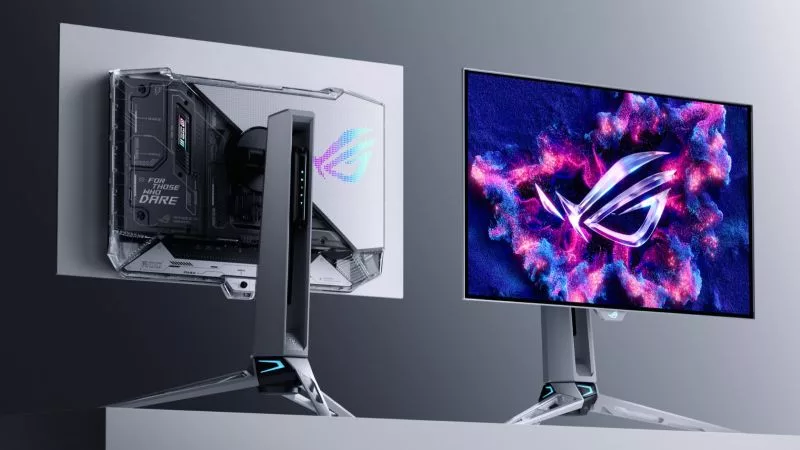
Prepare for Tandem OLED splendor with these new ROG gaming monitors
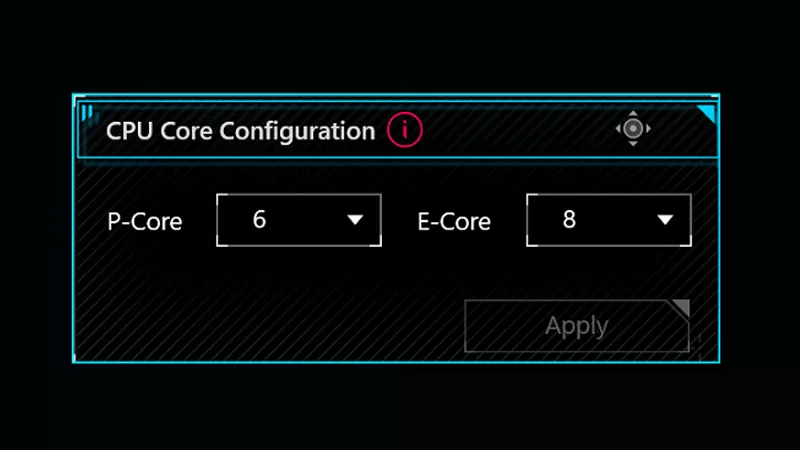
How to adjust your laptop's P-Cores and E-Cores for better performance and battery life
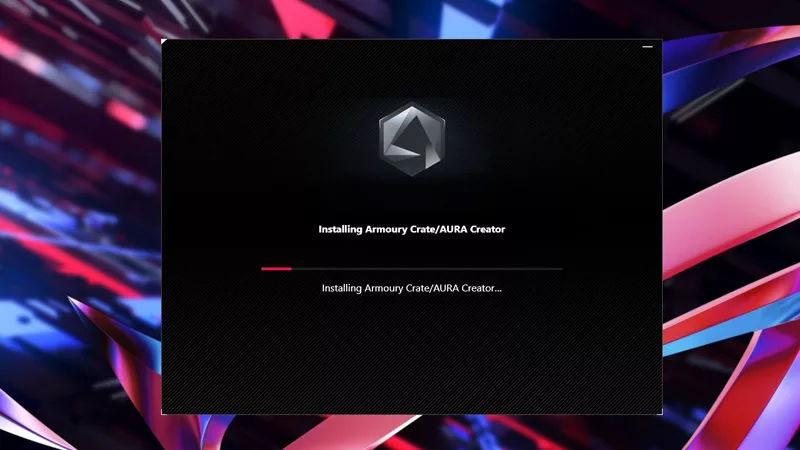
How to Cleanly Uninstall and Reinstall Armoury Crate
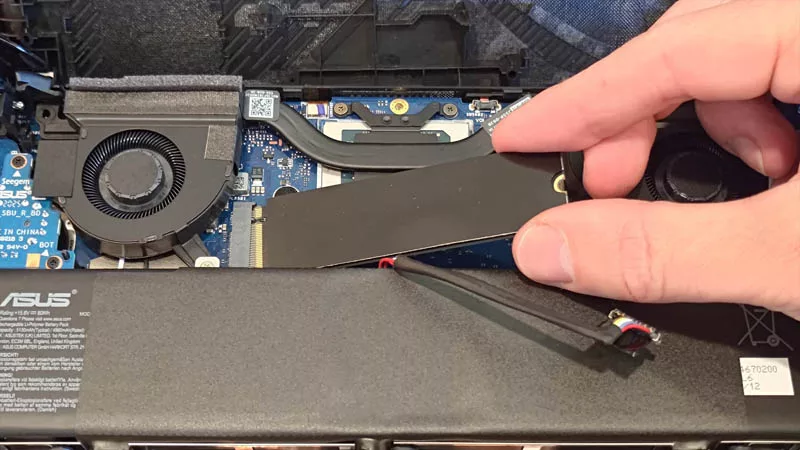
How to upgrade the SSD and reinstall Windows on your ROG Ally, ROG Xbox Ally, or ROG Xbox Ally X
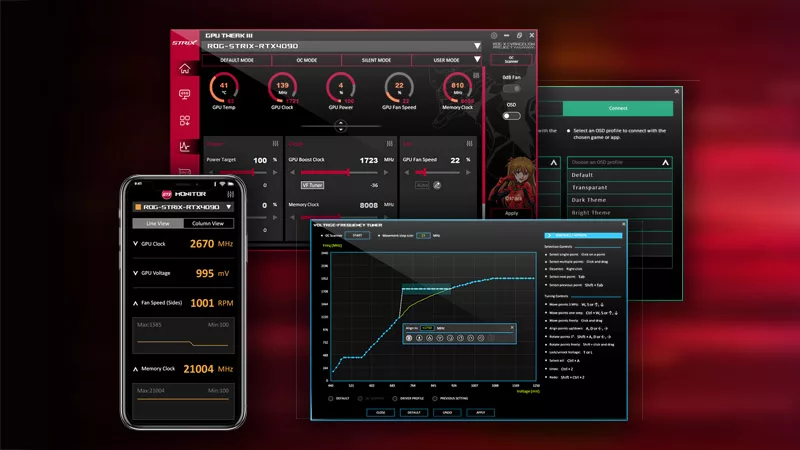
ASUS GPU Tweak III: The ultimate tool for advanced GPU tuning
LATEST ARTICLES
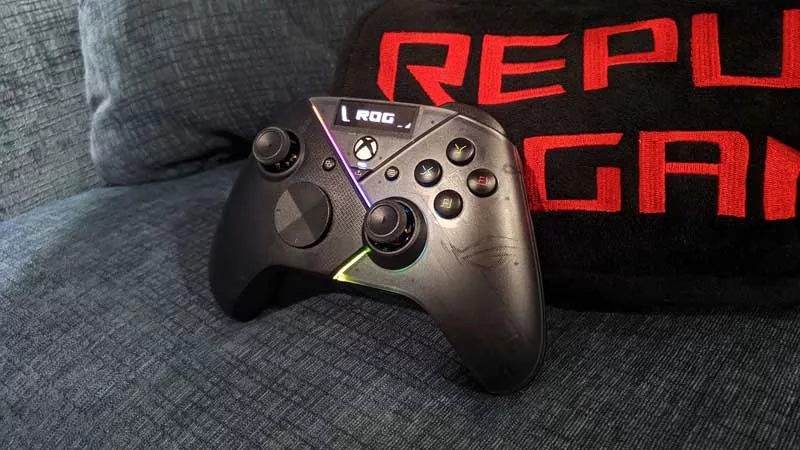
Hands-on: The ROG Raikiri Pro took my couch gaming to the next level
I've been a diehard PC gamer all my life, but I often play on the couch. The ROG Raikiri Pro has improved my living room PC gaming immeasurably thanks to a few useful features and loads of customizability.
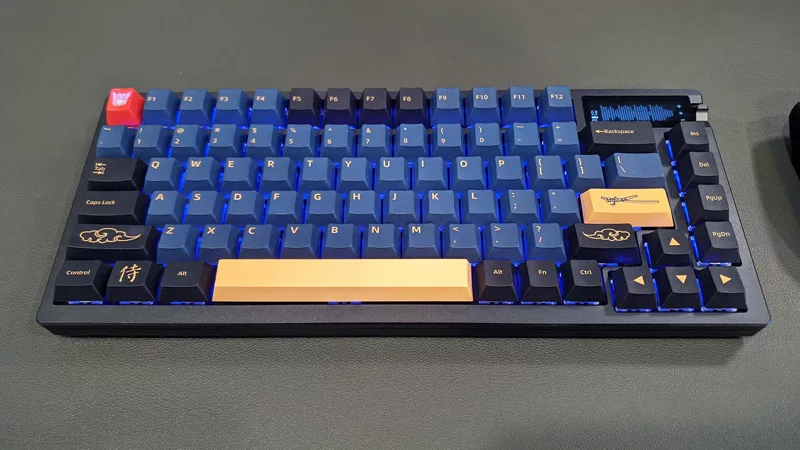
Hands-on: The ROG Azoth became the canvas for the keyboard of my dreams
Ever since I bought my first mechanical keyboard, I’ve been on a mission to mod and upgrade, mod and upgrade. But I think the ROG Azoth may actually be my endgame.
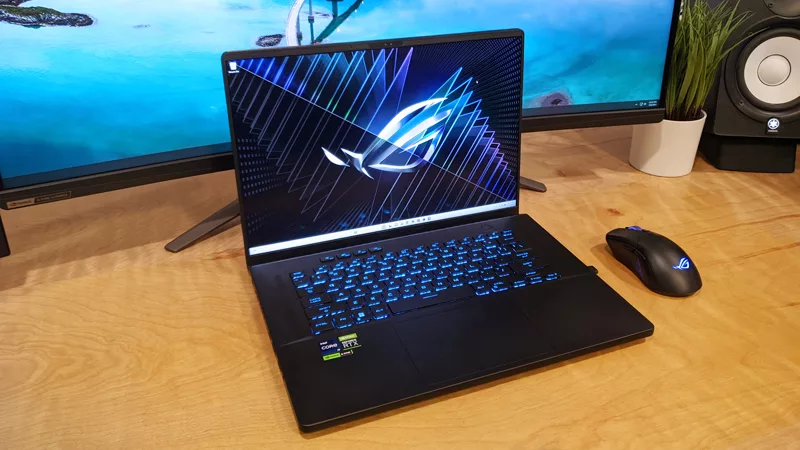
The Zephyrus M16 blends outstanding HDR gaming performance with undeniable luxury
The new ROG Zephyrus M16, with its Nebula HDR display, is like bringing a high-end home theater gaming setup with you wherever you go.

Radeon graphics and a stellar new display reinvigorate 2022 ROG Zephyrus G14
For a long time, I had to choose between underpowered ultraportable laptop and large laptops capable of gaming. But the ROG Zephyrus G14 puts admirable gaming chops into an ultra portable machine that travels anywhere.
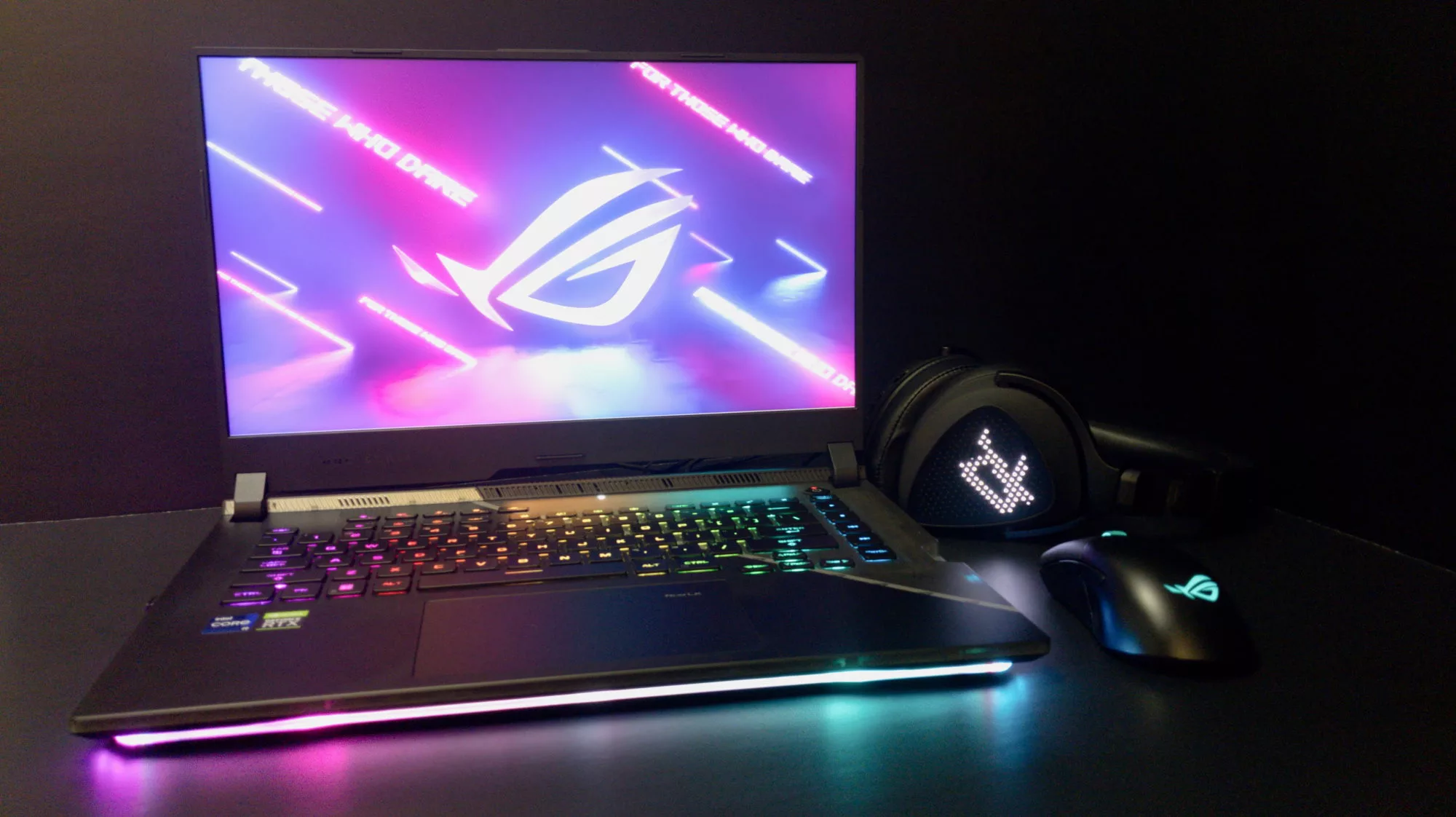
Ready to rumble out of the box: Hands-on with the ROG Strix SCAR 15
Living on the move or in a smaller space isn't a roadblock to high-end gaming. The ROG Strix SCAR makes portable powerful.
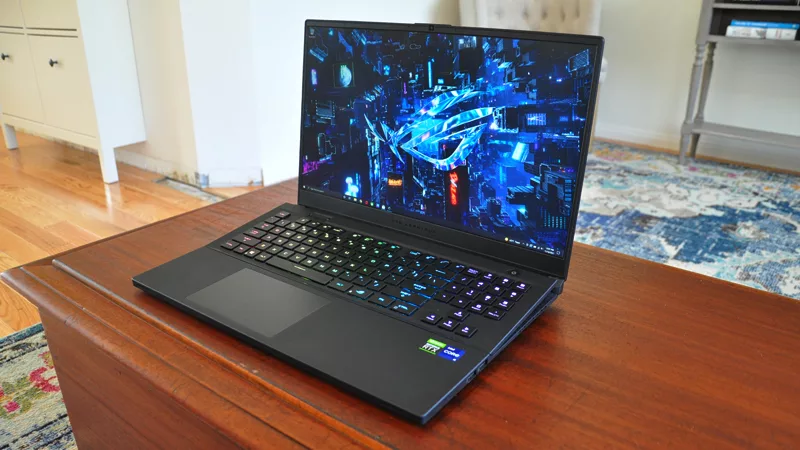
The ROG Zephyrus S17 is an outstanding mixture of power and portability
The S17 has it all: top-tier hardware in a slim package with all the bells and whistles.














